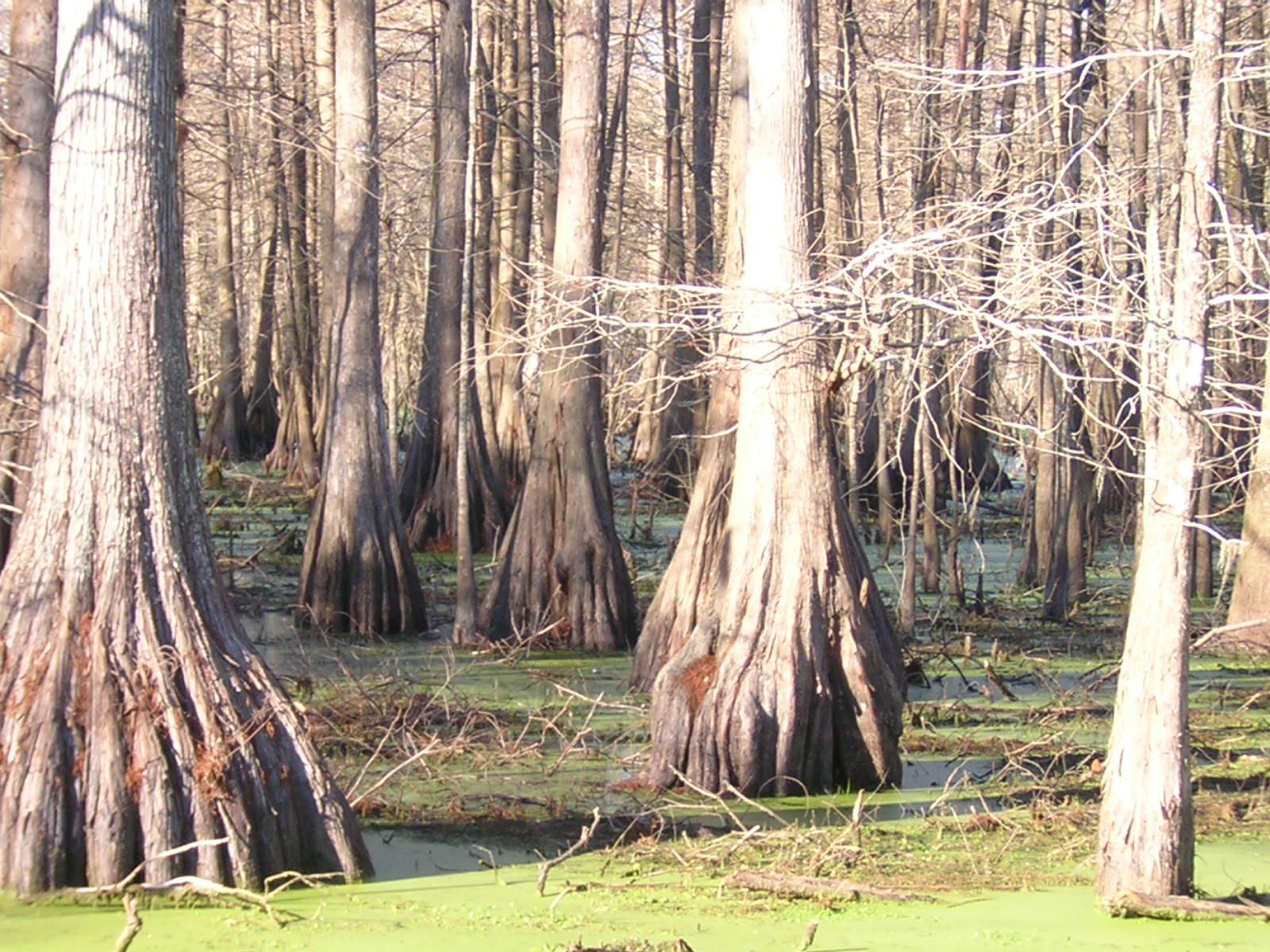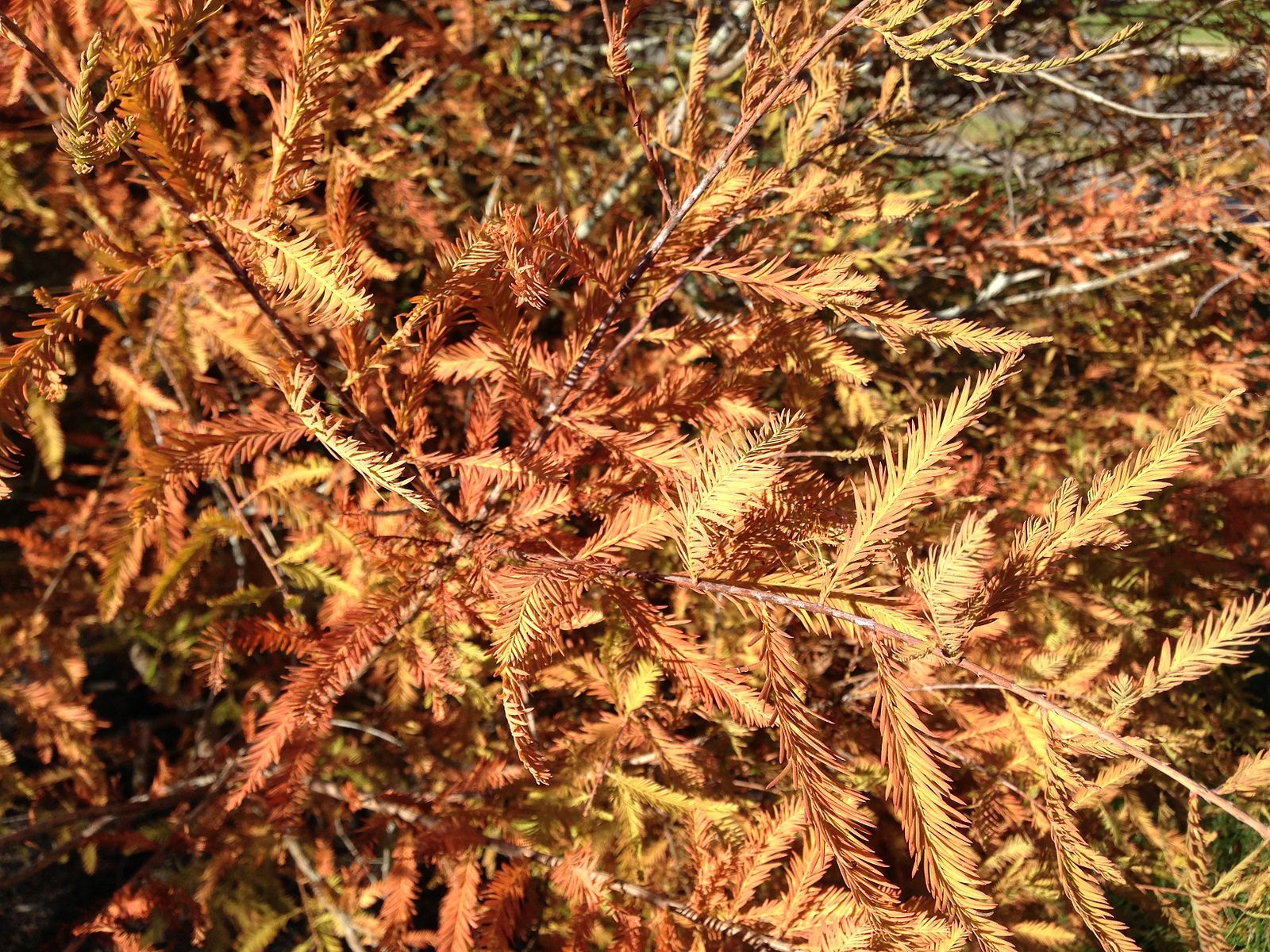
Here in South Florida, we don’t get the same seasons like they do up north. I admit that I still feel a bit nostalgic for autumn and winter at times. While we are technically only ‘subtropical’ here, we experience a rainy season and a dry season much like those that occur in the tropics.
However, something has been happening over the last several weeks that reminds me that we have all sorts of our own ‘smaller seasons’ that are apparent if you look for them. Furthermore, these often have their own quirks that make them a direct opposite of the seasons in more temperate areas. In this particular case, I am referring to the shedding of the bald cypress, Taxodium distichum.
The bald cypress is a conifer, a cone-bearing plant with needle-like leaves, found throughout the Southeastern United States. It’s mainly a wetland species, preferring to experience a flooded environment for part of the year. However, the thing that makes it remarkable at this time of year is the fact that, unlike its northern cousins, it is not an evergreen but instead loses its leaves for an extended period of time (hence the name ‘bald’).
In fact, over the last few weeks, I have steadily watched a pair of them turn more and more brown, like the photo below, from my living room window. It’s not as spectacular as the brilliant reds and oranges of New England where I grew up, but it is still interesting to watch. Once their needles are shed, many will still have clumps of greenish material clinging to them. These are epiphytes, usually bromeliads of some sort, and not part of the actual cypress tree.

While they are most common in more wild, swampy areas, you can usually find some bald cypress to look at in an area with slightly lower elevation. The two outside my window are on the banks of a small pond. In downtown Bonita Springs, where I often walk, there are several that grow in ditches that act as water retention areas during the rainy season.
One of their more distinctive features are the nearby root growths called ‘cypress knees’. Research into their function is still ongoing, though structural support is the most prevalent hypothesis for their function. Cypress swamps are quite prominent in the western portion of the Everglades (compared to the sawgrass marshes of the eastern Glades).
These trees have given me an idea for a theme that I’ll be covering over the next few months: Seasons of South Florida. It will be an exploration of some of the small changes and transitions we still experience here despite the lack of the typical four seasons.